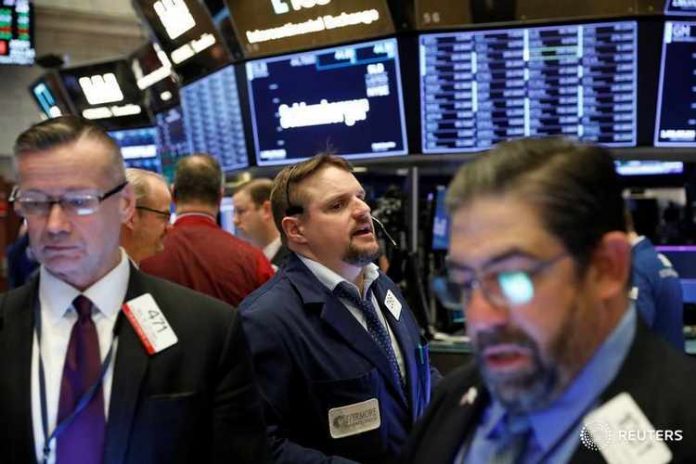Stocks climbed again today as the bear market micro-rally continued. The Dow, S&P, and Nasdaq Composite all gained, pushed higher in anticipation of better-than-expected inflation data.
The August Consumer Price Index (CPI) comes out tomorrow morning and investors seem to believe that a “cool” print awaits them. But it’s not just slowing consumer prices that bulls are excited about; it’s the possible impact that moderating inflation could have on the Fed’s rate hike plans.
Last week, Fed Chairman Jerome Powell stated that the Fed remains “strongly committed” to bringing inflation back down to the bank’s target rate of 2%, reiterating his comments from Jackson Hole in late August.
That did little to dissuade bulls, however, as stocks rallied nonetheless. The market is now entering a trend similar to the one that emerged back in late July/early August, leading up to the Fed’s Jackson Hole symposium.
Higher rate hike odds climbed significantly in the weeks prior to Powell’s speech, but instead of squashing sentiment, stocks rallied. The market is almost certain now that a 75 basis point hike will be announced on September 21st when the FOMC wraps up its next meeting.
And, once again, shares are up alongside rate hike expectations.
But does that mean the good times will last? According to Principal Global Investors chief strategist Seema Shah, the market’s recent gains are unlikely to hold for long.
“In mid-June, as oil prices started to decline, many investors began to believe that the oncoming peak in inflation would permit the Fed to wrap up its rate hiking cycle,” Shah said.
“Markets also reasoned that an economic slowdown could prompt the Fed to stop monetary tightening early.”
She continued:
“The Fed’s stance is quite clear. Due to the enormity of the inflation task ahead, a weakening economy cannot stand in the way of further monetary tightening, and rates will need to remain at a restrictive setting for a prolonged period. For investors: Position portfolios for a more sustained monetary tightening campaign.”
Shah’s correct in that investors should not expect falling inflation to end quantitative tightening (QT). Powell has made a point to say that “taking his foot off the gas” too early when it comes to raising rates would be a dire mistake, even in the face of poor economic indicators.
In other words, no matter how much the stock market or economy yells “uncle,” Powell’s going to raise rates.
Well, in theory, at least.
We’ll see what happens when economic activity grinds to a halt in the next few months and stocks are tumbling again. The last time Powell tried to initiate QT was back in 2018. The market plunged as corporations squirmed, slashing earnings estimates while predicting an economic slowdown.
Powell brought rates lower again in response. These days, though, inflation is much, much higher than it was in 2018. Powell might just be bold enough to do what it takes to bring inflation down to target (or at least somewhere close).
But will stocks reverse course and head lower after tomorrow’s CPI print? Probably not. Put buying on Wall Street hit biblical levels last week, averaging over $900 billion in puts purchased per day. That’s a contrarian indicator to get bullish if I’ve ever seen one.
This means, as usual, the “pain trade” is back. With so many bears, however, “pain” in this case is a big move up – not down – prior to the next FOMC meeting.








